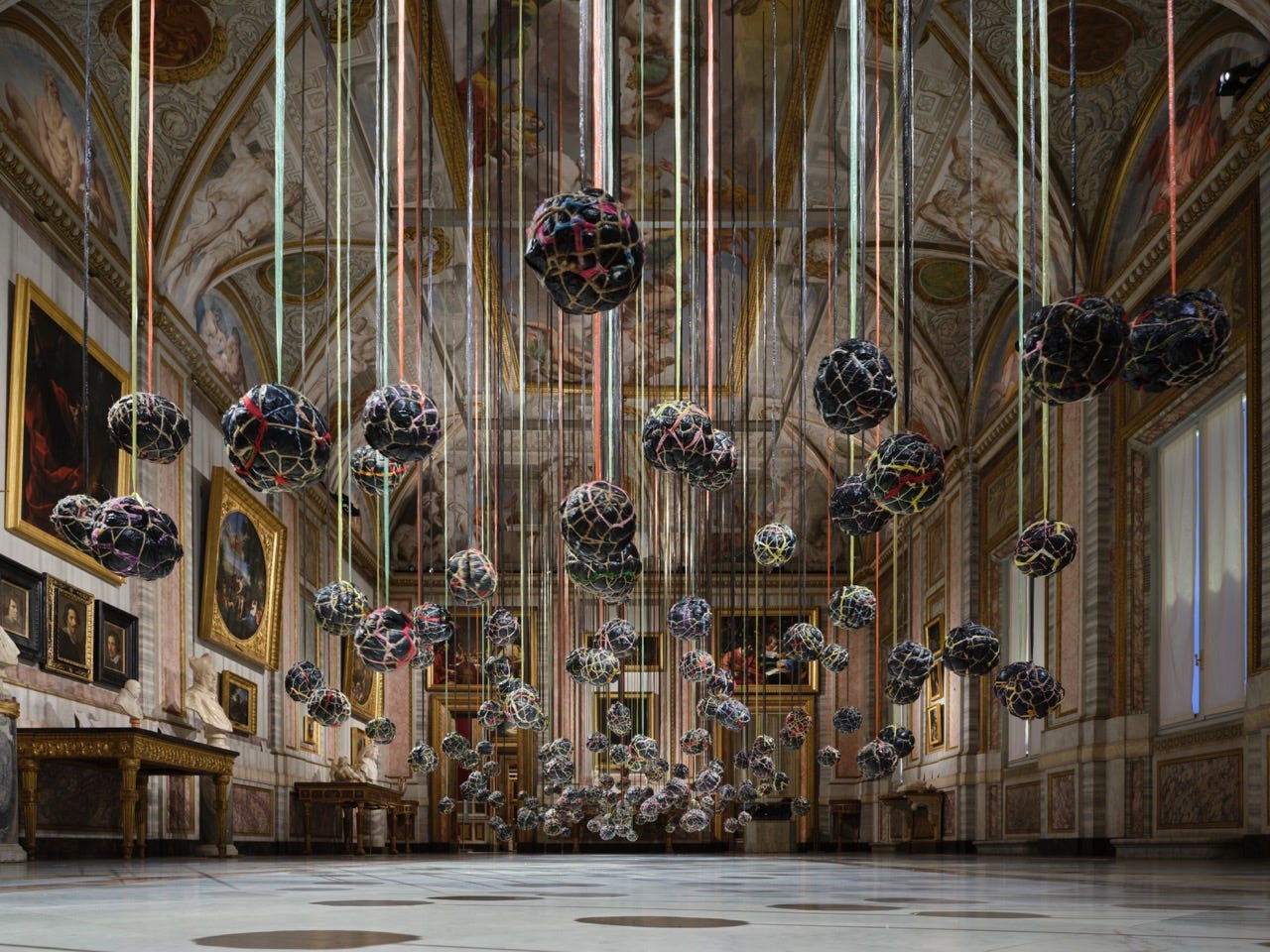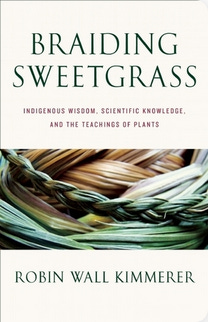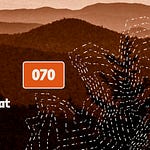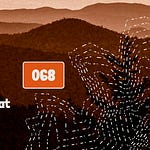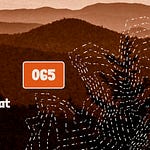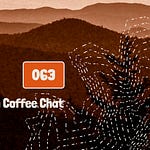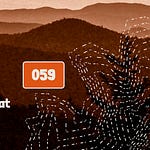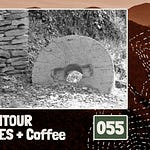Happy Friday (Again) Everyone,
I hope you’ve had a good week, and you’ve got plans to rest this weekend. I plan to see a horror movie (the family hasn’t decided whether we are going to rent one, go to a theater, or watch one we already own). It’s that time of year. I also plan to do some yardwork and cooking. Maybe you’ll get another recipe from me soon.
So, agency.
What did I learn from my explorations of exercising it as an individual, and how it relates to collective agency?
“The capacity of individuals to act on their own will and shape their lives, influenced but not wholly determined by social structures, resources, and personal beliefs.”
Just as one tree is healthier in a thriving forest, individual agency is nourished or stifled by the ecosystem of community and organizational structures surrounding it.
Agency is co-created, supported, or suppressed by collective dynamics. On the call, I used several examples, like the tree in the forest, but I want to switch to the potted plant metaphor.
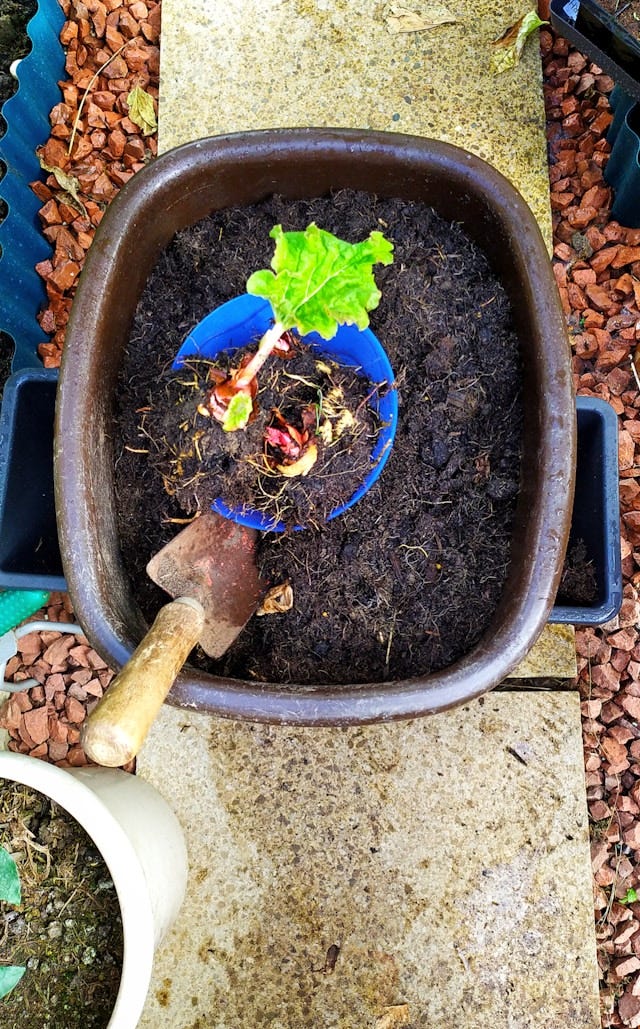
When you put a small plant in a pot, when nourished properly, it grows until its roots meet the edges of the ceramic planter. If you don’t transfer it to another pot, it becomes rootbound.
Stifled by an external barrier, but prevented from flourishing, stagnant, because of your choice not to expand the size of your planter.
But maybe you didn’t have a choice, or didn’t know any better. If you hadn’t ever been taught to transplant, maybe it seems scary, and possible that you’d kill the plant. Or, it’s possible that you don’t have the finances to buy another pot, or that there aren’t any available planters that fit your needs.
This is the interplay between the individual and collective forces that co-create authenticity, growth, and not only our exercising of agency, but our conceptualization of it.
You have to know you’ve reached your limit. You need to know yourself, admit you are limiting your growth, and decide the risk of growth is more important than the certainty of where you are.
You have to have a new environment to transplant yourself into (along with extra nurturing to protect your roots). This environment is often shaped by the individuals and world around us.
You have to know how to grow and expand in a healthy manner. If this isn’t modeled for you, seek out people who can fill that role.
So if we are continuing to use this lens of animism, attributing sentience to things that are more than human, culture, agency and the like, how do we nurture our agency as though it were a living creature.
Animism often stresses kinship and responsibility; framing agency this way aligns leadership of the self and others with care and stewardship, not just performance.
Instead of just watering our plants because that’s what you do to keep them alive, you learn and give the conditions to make it thrive.
You pluck away dead leaves.
Treat any bugs or fungus that gets on it.
Give it fertilizer.
Cultivate yourself so others can do the same.
When it is ready to move on to the next stage of growth, you empower it to do so.
Leadership development, then, is not about teaching people to assert agency, but about cultivating environments where agency as a “creature” can move freely, adapt, and evolve.
So tell me, how do you care for your creature?
Until next time,
Chris
Seed Catalog:
If you’d like to explore more of the work from the artist I shared in this morning’s newsletter and coffee chat, check out the following links:
“Suspended Playtime activates the museum through a playful constellation of makeshift balls. The DIY spheres recall the resourcefulness of children who fashion soccer balls from waste in Mutu’s native Kenya and beyond. Floating just above the ground, they introduce motion, informality, and improvisation into a heavily ornamented space. Each one sways slightly, rustling in response to the movement of air. The effect is both playful and unsettling. In a room dominated by illusionistic frescoes, these objects speak of another kind of imagination—not grand or heroic, but intimate and everyday. Mutu reminds us that invention often begins with scarcity. Fluctuating in a delicate balance between order and chaos, the choreography of the work interrupts the visual logic of the museum. They challenge the architectural symmetry of the space, replacing its polished illusion of mastery with the unpredictable rustle of adaptation.”
I’ve recently put some new books on order from my local bookstore to help me in my research towards using animism as a lens for better understanding leadership, here’s one I’d encourage you to check out:
Braiding Sweetgrass: Indigenous Wisdom, Scientific Knowledge, and the Teachings of Plants
And if you don’t feel like watching a horror movie this weekend but are interested in something that might help you understand animism and agency a bit more, check out Princess Mononoke or Spirited Away, both wonderful Studio Ghibli movies and favorites of mine; slight spoilers ahead to give you context as to how they related to the concepts I’m currently exploring:
Princess Mononoke follows Ashitaka, a prince cursed by hatred, as he becomes caught between the ambitions of humans and the wrath of forest gods. He meets San (the wolf-raised “Princess Mononoke”) and Lady Eboshi, each embody opposing but passionate forms of care.
The film rejects a human-centered worldview, asking us to see leadership and progress as part of a living negotiation with the more-than-human world.
Authenticity in Mononoke means living truthfully within complexity. No character is purely right or wrong; all are bound in a network of needs, desires, and wounds.
Ashitaka and San’s journeys reveal that true agency arises when we recognize, respect, and empoower the agency of others including non-human forces.
Chihiro becomes trapped in a spirit world after her parents are transformed into pigs. To survive, she must remember who she is, form genuine relationships with spirits, and learn to act from integrity and care rather than fear.
The world of Spirited Away is one where everything: rivers, soot, wind, discarded objects, etc. has a soul. It is not a fantasy of escape, but a mirror for reality with every system, organization, and relationship we inhabit being animated by unseen forces and histories. The bathhouse spirits represent energies we ignore or exploit, yet depend on.
Chihiro’s agency grows not through domination or defiance, but through attentiveness, reciprocity, and remembering her name … literally her true self.
Chihiro’s growth while in the bathouse reflects authentic leadership as a living relationship between inner truth and certainty and external responsibility. She acts authentically not by asserting herself over others, but by meeting the needs of the moment with care, helping No-Face find balance, purifying the polluted river spirit, and trusting Haku’s guidance. Her authenticity is relational and co-created with others.
Contour Lines is my anecdotal newsletter segment that weaves whats going on in my life with my thoughts on leadership as well as personal and organizational development.
If something resonates, leave a comment, or reach out to chat - I always love hearing people’s stories.
Want to chat about personal growth or walking a path of authentic leadership but aren’t sure were to start?
You are always welcome to book a free call to either get fresh perspective or see if we’d work well together in cultivating your capacity to lead.
I offer a variety of services, 1:1 coaching, group programs, and leadership development program consultation. When you are ready, lets talk.



